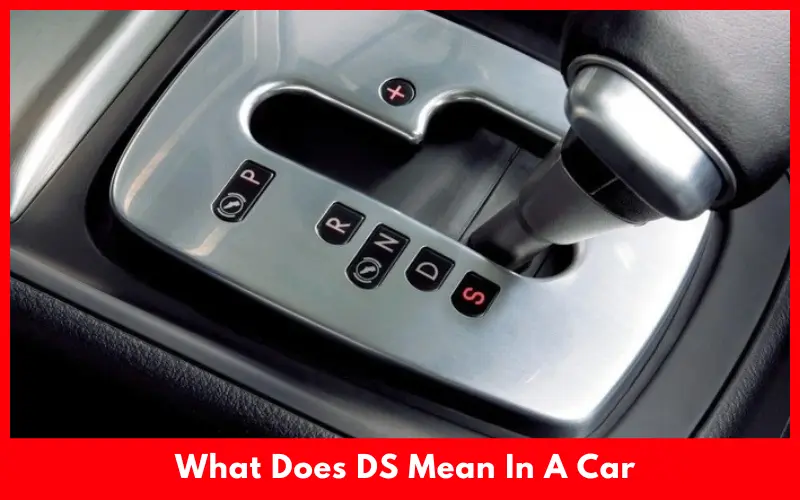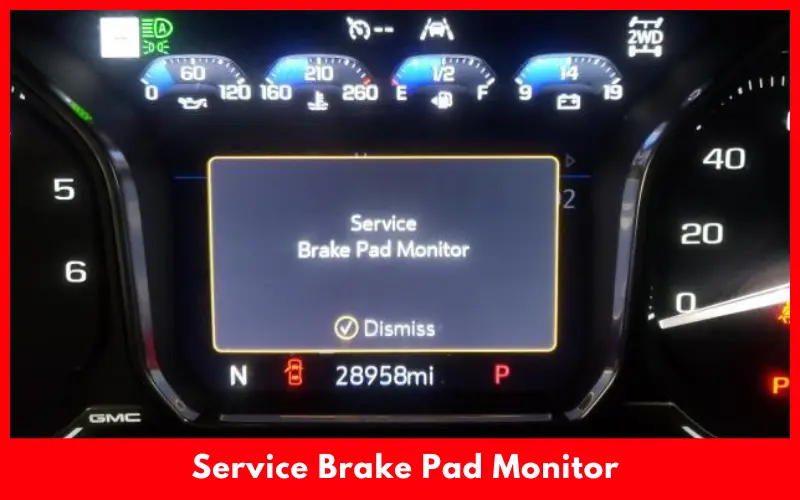LMM Duramax Problems To Expect
LMM Duramax is a pre-emissions diesel engine that is popular for its sturdy motor and improved fuel economy. However, common LMM duramax problems you may experience are clogged DPF, cracked pistons, faulty fuel injectors and fuel dilution. If you can maintain the LMM Duramax diesel engine properly and occasionally take it to a mechanic shop to fix minor issues, your … Continue Reading










